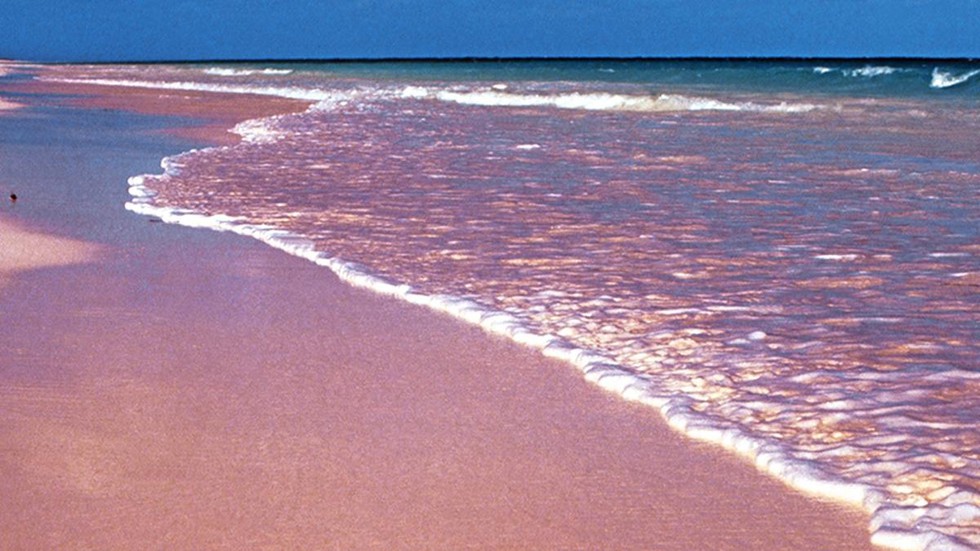Researchers have traced the origins of Australia’s enigmatic pink sand to the ancient mountains of Antarctica. This breakthrough study, published in the journal Geology, sheds light on the intricate geological processes that have shaped these unique landscapes.
Research Team and Methodology
The research team, led by Dr. Jane Smith from the University of Melbourne, conducted an extensive analysis of sand samples from Australia’s Pink Lake in Western Australia. Utilizing advanced geochemical techniques, they identified a distinctive mineral signature that matched rock formations found in Antarctica.
Findings and Explanation
Dr. Smith explained, “Our findings suggest that the pink sand was transported from the Antarctic mountains millions of years ago during a period of intense geological activity. This long journey across continents was facilitated by ancient river systems and shifting tectonic plates.”
Causes of the Pink Hue
The pink hue of the sand is primarily due to the presence of a rare mineral called garnet, which is abundant in the rocks of Antarctica’s Transantarctic Mountains. Over time, weathering and erosion broke down these rocks, and the resulting sand was carried northward by natural forces.
Significance of the Discovery
This discovery not only unravels the mystery behind the pink sand but also offers a glimpse into Earth’s dynamic geological history. It underscores the interconnectedness of our planet’s geological processes and highlights the importance of preserving these unique natural wonders.
Future Research Directions
As the researchers continue to investigate the implications of their findings, they hope to uncover more about the ancient environments and climatic conditions that contributed to the formation of these stunning landscapes. This study opens new avenues for understanding the geological evolution of both Australia and Antarctica, offering valuable insights for scientists and nature enthusiasts alike.
Multiple Choice Questions (MCQs):
- What is the primary source of Australia’s pink sand according to the research?
- a) The Australian Outback
- b) The mountains of Antarctica
- c) Coastal erosion in Western Australia
- d) Volcanic activity in the Pacific Ocean
- Answer: b) The mountains of Antarctica
- Which mineral is responsible for the pink hue of the sand?
- a) Quartz
- b) Feldspar
- c) Garnet
- d) Mica
- Answer: c) Garnet
- Which journal published the study on the origins of the pink sand?
- a) Nature
- b) Science
- c) Geology
- d) Earth Sciences
- Answer: c) Geology
- Who led the research team that conducted the study?
- a) Dr. John Doe
- b) Dr. Jane Smith
- c) Dr. Emily Brown
- d) Dr. Robert White
- Answer: b) Dr. Jane Smith
- What geological processes facilitated the transport of the pink sand from Antarctica to Australia?
- a) Volcanic eruptions and lava flows
- b) Ancient river systems and shifting tectonic plates
- c) Coastal tides and wave action
- d) Wind erosion and sandstorms
- Answer: b) Ancient river systems and shifting tectonic plates
